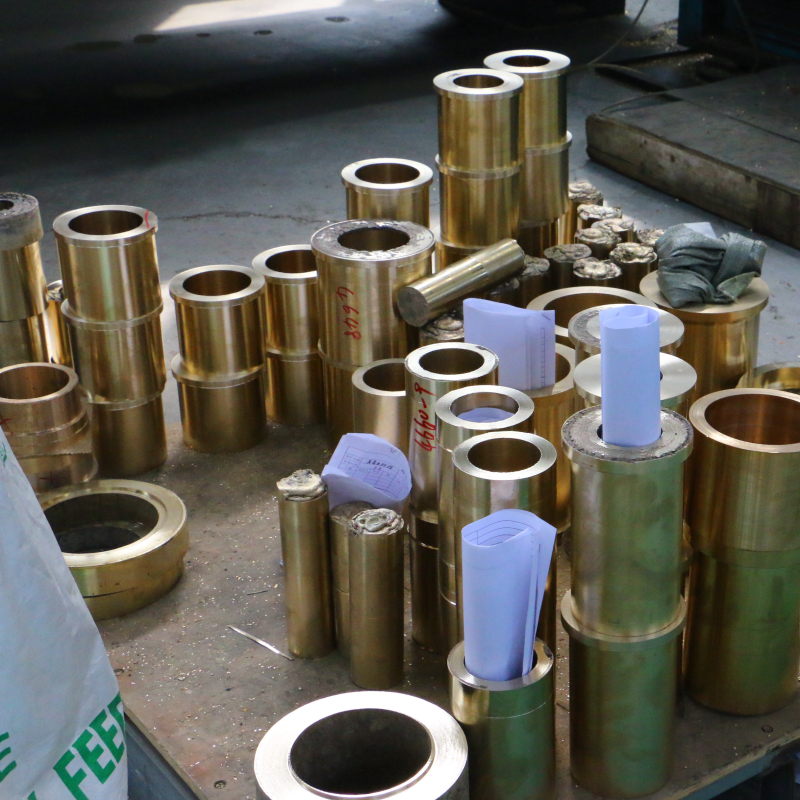The difference between aluminum bronze and tin bronze is mainly in the following aspects:
First, the composition is different
Aluminum bronze:
Aluminum as the main alloying element, generally also contains iron, manganese, nickel and other elements. Aluminum content is usually around 5% - 11%.
For example, QAl9-4, containing aluminum 8.0% - 10.0%, containing iron 2.0% - 4.0%.
Tin bronze:
With tin as the main alloying element, the tin content is generally between 3% - 14%.
Common tin bronze such as QSn4-3, containing tin 3.5% - 4.5%, containing zinc 2.7% - 3.3%, etc..
Second, the color is different
Aluminum bronze: the color is usually purplish red or golden yellow, the color is deeper and heavier.
Tin bronze: generally greenish gray, relatively light color.

Third, different performance characteristics
Mechanical properties:
Aluminum bronze: high strength, high hardness, excellent wear resistance, good fatigue resistance and high yield strength.
Tin bronze: high strength and elasticity, in a certain temperature range of its mechanical properties change is small. But the hardness is slightly lower relative to aluminum bronze.
Corrosion resistance:
Aluminum bronze: excellent corrosion resistance, especially in seawater, atmosphere and some corrosive media, good performance, can resist chloride ion corrosion.
Tin bronze: good corrosion resistance in the atmosphere and water, but in some specific corrosive environment may not be as good as aluminum bronze.
Thermal and electrical conductivity:
Tin bronze has relatively good thermal and electrical conductivity.
Aluminum bronze thermal conductivity and electrical conductivity is slightly inferior to tin bronze.
Fourth, different uses
Aluminum bronze:
Widely used in the field of machinery manufacturing, such as the manufacture of gears, worm gears, bushings, friction plates and other high-strength wear parts.
In the field of shipbuilding, marine engineering, used in the manufacture of propellers, valves, pumps and other corrosion-resistant parts.
Tin bronze:
Commonly used in the manufacture of elastic components, wear-resistant parts, plain bearings and so on.
In the manufacture of musical instruments, such as the production of brass instruments pistons, tuning tubes, etc., the acoustic properties of tin bronze is better.
| Previous:What is the difference between the performance characteristics of brass bushings and bronze bushings? | Next:What kind of bronze is used for crusher outer bushing? |




 Copyright © 2022
Copyright © 2022